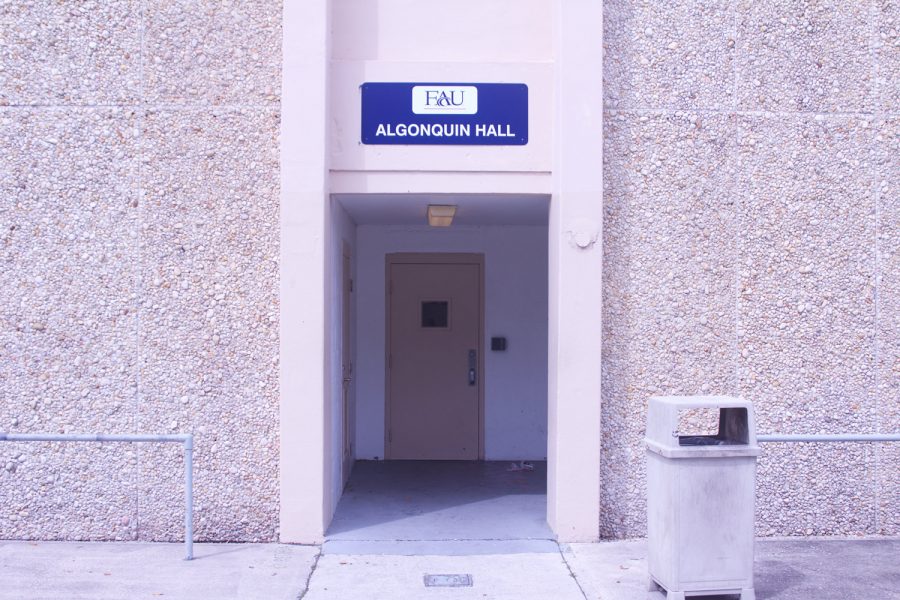Hello, I’m Dr. Fraieli and this week’s topic is visiting the future. Time travel is something everybody has dreamed about some time in their life, including myself of course, and I’m here to tell you how to do it. It’s actually very simple and there are two main ways of doing so.
First you have to go fast, ridiculously fast. Take an average car that travels 60 mph on the highway, that’s pretty fast right? Nope. A jet moves at the speed of sound which is about 770 mph, we have to be getting close right? Not at all. The space shuttle Atlantis went about 17,000 mph to get off the Earth’s surface. Almost there right? ERRRRRT. Wrong. The speed you have to go to actually start seeing a significant difference in the way you are seeing time pass compared to others that are not moving is 209,860,000 mph, or the speed of light. Yeah this is why no one is time travelling right now. I said I’d say how to, I didn’t say you’d be able to. So the faster you go the slower you move in time, essentially traveling to the future. It’s not as easy as sitting in a DeLorean and punching numbers in a keypad, but it’s still time travel.
Another way to travel to the future is to walk next to the Great Pyramid of Giza. How does a pyramid help you travel in time? Because it is such a massive object, it slows down time near it: it’s not a significant difference at all but still there. A larger example is the Earth itself. The mass of Earth affects the way time works around us the same as the pyramid. Imagine a bowling ball on a mattress: there’s an area that’s warped near the bowling ball because of its weight. It’s the same idea for Earth and the pyramid, their incredible mass warps space and time around them. Time more crumples up so it moves slower. Astronauts — being farther away from the Earth than us — actually travel faster in time because they are less affected by Earth’s warping of time and space. GPS satellites have to be reset regularly because of this, otherwise your GPS would be incorrect by about 10 kilometers a day and increasing. We can exploit the idea that time travels slower near massive objects, like planets, by orbiting a black hole. Black holes are the most gravitationally intense objects known to exist. Its gravity is so strong that not even light can escape its grasp if it gets too close. By having a ship orbit a black hole, it will travel through time immensely slower than anything on Earth. The trick is getting close enough to a black hole to orbit it without falling in, without even considering actually finding one nearby and then finding a way to get to it in our lifetime.
Chris Beetle, a PhD professor with a Ph from the Physics department describes the idea by saying that the “amount of time [that passes] depends on the path”. This means that because everything has gravity, everything affects how time passes for everything else. So path taken by the Earth would affect time in a different way than a path that passes the Earth and the moon.
With all things considered, travelling to the future is a simple concept, the problem is just being able to actually do it. Sometime in the future we may discover the technology to travel vast distances in space and travel near the speed of light but for now we are stuck in the boring present. Sighhhhh.













